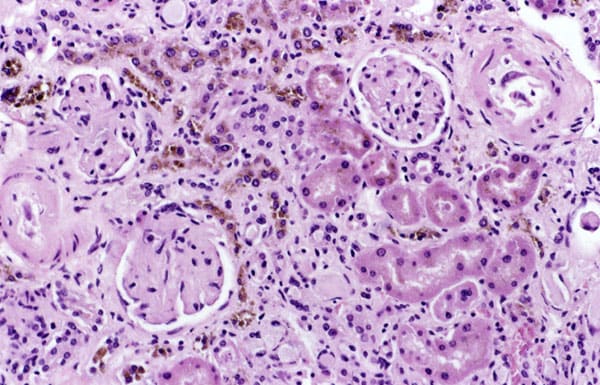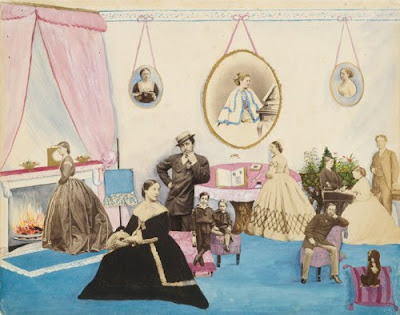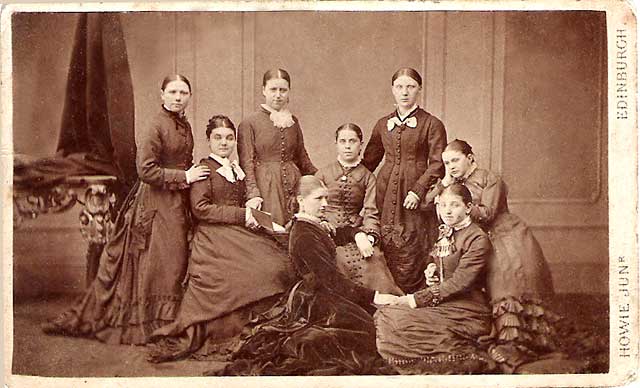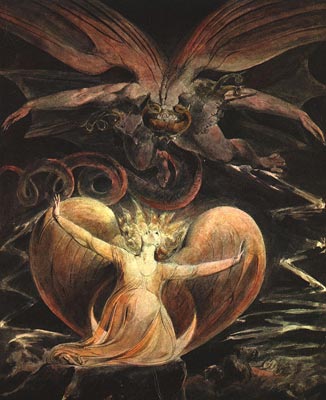 Eadweard Muybridge, Jumping; over boy's back (leap-frog), 18884-1847
Eadweard Muybridge, Jumping; over boy's back (leap-frog), 18884-1847This set of images by Eadweard Mubridge depicts a one boy jumping over the others back. I find this really interesting, because first of all, I think this feat of leap frogging while standing is pretty incredible. Also, it's funny how the boy who is being jumped over seems completely emotionless and unaware that someone is jumping over his head. It's very interesting to see the various position that the jumping boy's body is in; not only his body in the air, but also the position of his body prior to the jump. His body, when frozen in time, appears to be leaning slightly backwards before he jumps, which is odd.














